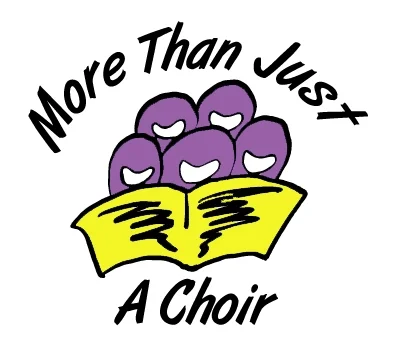First Aid
unconscious casualties
Primary Survey
The main aim of the primary survey is to assess the condition of the casualty. Be aware of any danger/ hazards affecting you, the casualty or others. If possible remove the hazard, if not, remove the casualty from the danger. If this is not possible either, keep yourself and others back and wait for emergency services.
Calling emergency services (999 or 112)-
Mention:
· Who you are and your contact number
· Your location
· What has happened
· Condition of the casualty
When assessing the casualty, check for responsiveness. If the casualty is unresponsiveness, check their breathing.
Check Breathing
To check the breathing of the casualty, turn them on their back and open their airway by placing your hand on their forehead and two fingers under their chin. Then push back on their forehead and raise their chin. Look, listen and feel to check for signs of agonal gasps (struggling to breathe normally). If the casualty is unconscious but breathing normally, put them in the recovery position. If the unconscious casualty is breathing abnormally, carry out resuscitation.
Resuscitation (CPR)
· 30 chest compressions
· 2 short rescue breaths (optional)
It is important to recognise that the casualty is in need of CPR as early as possible. A call to the emergency services should be made, preferably by from a close bystander, whilst CPR is being carried out. (If a bystander is not present, the first aider should contact the emergency services on speaker phone, ensuring CPR is still being performed.) The bystander should also try to locate a defibrillator. A defibrillator should be used over CPR, but the latter should be carried out until the defibrillator is ready to use.
For more information on CPR, click here.
Recovery Position
Considerations:
· For heavily pregnant casualties, their right hip should be raised and supported by either a bystander or a rolled blanket to alleviate pressure and maintain blood flow.
· In cases of vomiting, the recovery position will allow for protection to the airways. If the casualty vomits during resuscitation, they should be laid onto their side. Keep them positioned with their back against you, with their head towards the floor, mouth open. Using your fingers, clear their mouth of vomit. To continue CPR, turn the casualty on their back. Remember to wear protective equipment if available when dealing with bodily fluids.
For more information on the recovery position, click here.
choking
Partial obstruction (mild choking)
Signs:
· Cough
· Watery eyes
· Difficulty speaking
· Distress
Plan of action: Encourage coughing
Full obstruction (severe choking)
Signs:
· No coughing
· Inability to speak
· Hands around their throat and other signals
· Becomes weak
· Distress
Plan of action: Up to 5 back blows, up to 5 abdominal thrusts and repeat until object is dislodged. If the casualty is unconscious, perform CPR.
For more information on choking, click here.
wounds
Risk of infection
Bodily fluids can carry infections and viruses. Bacteria can also be found on equipment and surfaces. It is therefore important to use sterile equipment and wear protective gear such as gloves and aprons (if available). First aid containers should be kept in a clean place, free of dust and moisture. Non-latex gloves should always be worn when treating a casualty. Gloves should be changed when treating a new casualty and should be removed carefully to avoid cross-contamination. Sterile dressings and plasters should be used. These should be in date and should not be opened by teeth. When dressing, do not cough, sneeze, talk or touch the pad of the dressing.
Wound dressing
Be sure to wear gloves. Also check the circulation of the casualty when dressing wounds. For more information about wound dressing, click here.
Hypovolemic shock
Signs:
· Pale, cold, clammy skin
· Weak pulse that is fast with shallow breathing
· Disorientation
· Turning blue
Plan of action: Lay the casualty down. Raise their leg on a support such as a chair. Do not feed them anything and keep them warm.
minor burns
Treatment:
· Remove the source of the burn. Do not touch the burn
· Run under cold water for a minimum of 10 minutes. Do not use creams or ointments
· Remove items that are causing constriction such as clothing and jewellery. However, do not remove if it is stuck to the burn
· Cover the burn with non-adhesive, sterile dressing. You can also use cling film to cover the burn
For more information on burns, click here.



